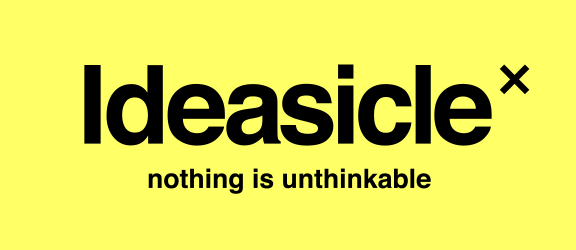J.P. Guilford’s ‘Unusual Uses’ Study Was The Mother Of All Modern Creativity Studies
J. P. Guilford
Creativity is a complex and fascinating phenomenon that has captivated humans for centuries. From the works of Leonardo da Vinci to the innovations of Steve Jobs, creativity has been celebrated as a hallmark of genius and a key driver of progress and innovation. However, for a long time, creativity was thought to be an elusive and mysterious concept that could not be isolated, measured or studied scientifically. That all changed with a groundbreaking study by J.P. Guilford in the 1960s.
The “unusual uses” test is born
Guilford believed that creativity was a distinct cognitive ability that could be measured and quantified, much like intelligence. He developed a test called the "Unusual Uses" test, which asked participants to come up with as many unusual uses for common objects, such as a brick or a paper clip, as they could in a set amount of time.
What Guilford found was surprising and groundbreaking (at the time). He discovered, not surprisingly, that there were significant individual differences in people's ability to generate a large number of ideas on this test. Less expected, he discovered that these differences were not strongly correlated with measures of intelligence or academic achievement. And most importantly, he found that the ability to generate a large number of unusual ideas was highly predictive of real-world creativity. People who were able to come up with a lot of creative ideas on this test were more likely to be successful in fields such as science, art, and business.
Suddenly creativity was no longer a mystical and unpredictable phenomenon that could not be measured or studied systematically. Guilford's research proved that creativity could be measured and quantified, and that it was a distinct cognitive ability.
This study launched an industry of creativity studies.
correlative studies begin
Guilford's study had a profound impact on the study of creativity and opened up new avenues for research and practical applications. In fact the next 50 years would give us scientific research that not only quantified creativity, but provided ways to improve our creativity through correlative research. And many of those studies - to this day - deploy the “Unusual Uses” methodology Guilford established.
Like the study that walking improves creativity or creating psychological distance or the placebo effect or how those with ADHD tend to be more creative. Or dimly lit rooms or menial tasks or daydreaming. The list goes on, many of which I’ve captured for you on our Scientific Studies page.
But this study has important “everyday” implications for education, business, and other fields where creativity is valued and needed. Educators can use the "Unusual Uses" test to identify students who are particularly creative and provide them with opportunities to further develop and hone their creative skills. Similarly, businesses can use this test as a tool for hiring and promoting employees who have the potential to generate innovative and unconventional ideas.
J.P. Guilford may not be the godfather of creativity, but his "Unusual Uses" study opened the floodgates of research from that point on. It showed that creativity is a distinct cognitive ability that can be measured and quantified, and that it is highly predictive of real-world creativity.
Thank you, J.P. Guilford.
Will Burns is the Founder & CEO of the revolutionary virtual-idea-generating company, Ideasicle X. He’s an advertising veteran from such agencies as Wieden & Kennedy, Goodby Silverstein, Arnold Worldwide, and Mullen. He was a Forbes Contributor for nine years writing about creativity in modern branding. Sign up for the Ideasicle Newsletter and never miss a post.


